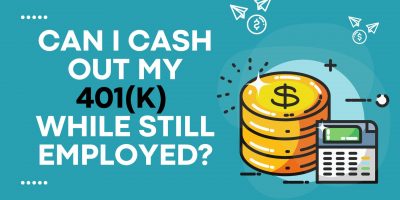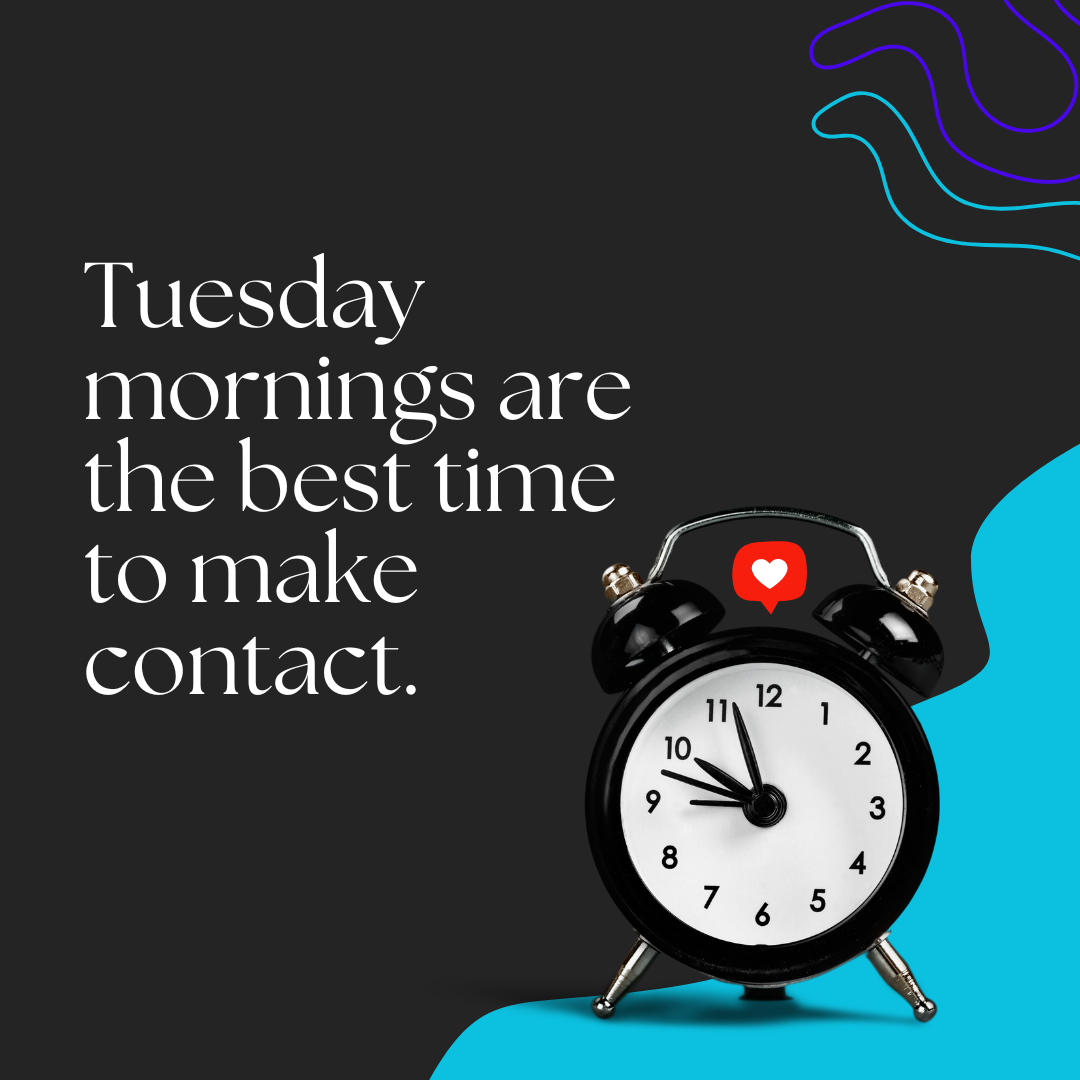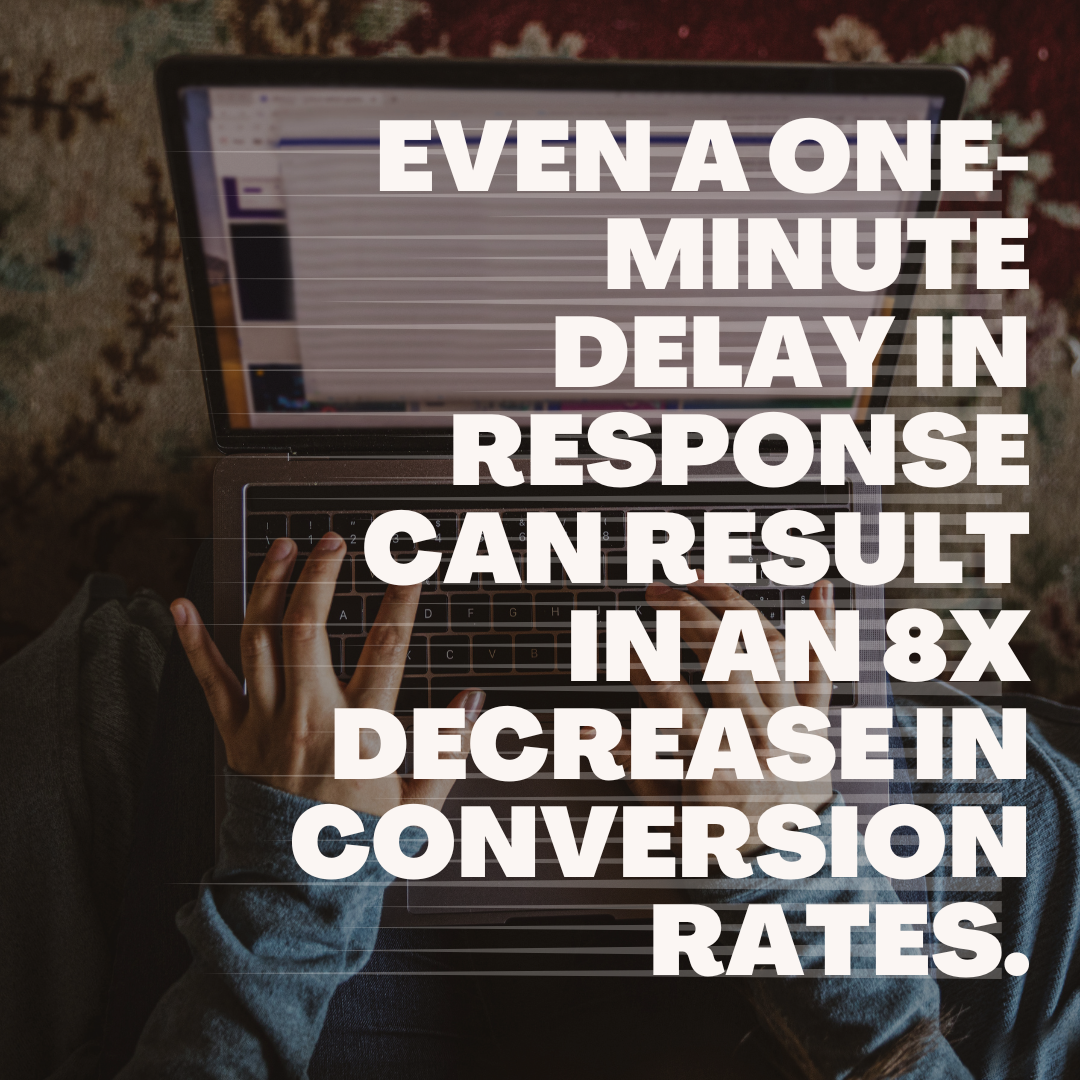
Can I Cash Out my 401(k) while still Employed?
You can cash out 401(k) early while still working. But how will it affect tax retributions and your overall pension fund?

The backbone of sales and marketing strategies, lead response management helps companies strategically engage with potential customers. From the initial point of contact to nurturing relationships, this process enhances the chances of converting leads to prospects to customers.
As companies strive to leverage lead response management, data underscores the importance of timing, swift response, and quality of leads.
Let’s explore how these factors influence successful lead conversion by delving into the insights.
Timing takes center stage in lead response management, especially during the initial phases of establishing contact.
Looking for ways to maximize results while minimizing effort, Inside Sales published a report on the best practices for lead response management.
By analyzing data across 400+ companies and 5.7 million leads, their research reveals compelling trends highlighting when to make a marketing lead follow-up.
Ideal days: Tuesday, Monday, and Thursday
Ideal time: 9:00–10:00 A.M.
The numbers further show that Tuesday had 19.7% higher conversion rates, while Monday and Thursday came in second, with 15%.
At the same time, contact rates were 28.4% higher from 9:00–10:00 A.M. than the average, with a 44.5% discrepancy in conversion rates compared to afternoon hours, or 12:00–5:00 P.M.
Despite increasing the chances, timing alone won’t guarantee a sale. Thus, Inside Sales points to another trend in lead response management – the role of persistence.

This gap underscores the importance of lead nurturing over the likelihood of qualifying leads. As a critical aspect of lead response management, it ensures continual engagement, even when the leads are not purchase-ready.
There is, however, a thin line between generating interest and overwhelming potential prospects. Thus, the process requires striking a delicate balance between persistence and respect for people’s time and boundaries.
Personalization is one way to do this, which is especially relevant in a competitive market where buyers expect relevant and valuable communication.
Another way is to time follow-ups strategically.
HubSpot proposes a structured one-month approach to spacing touchpoints. For instance, initiating contact on day zero is followed by subsequent touchpoints on days 14, 21, 25, 27, 28, and finally, day 29 with two separate interactions—a morning and afternoon outreach.
This method establishes a consistent rhythm and creates a sense of increasing urgency, compelling the potential buyer to take notice and engage with your message.
When a lead reaches out, it’s a clear sign of interest and potential opportunity. Whether they’ve filled out a form, made a phone call, sent an email, or replied to yours, they’ve taken the initiative to engage with your business.
Failing to respond promptly could mean losing them to a competitor.
According to Inside Sales, there’s a five-minute window before a lead loses interest.
Even a one-minute delay in response can result in an 8x decrease in conversion rates.
Thus, speed of response plays a crucial role in lead response management.
Many businesses employ message automation tools to ensure swift response times. These streamline the lead response process by automatically sending personalized messages or follow-ups based on predefined triggers or criteria.
As a proactive approach, this saves time and ensures that no opportunity slips through the cracks, ultimately driving higher contact and qualification rates.

Lead response management relies heavily on good timing and lead nurturing. However, whether you close a sale also depends on the quality of the leads you attract.
Research shows that, on average, securing a lead takes eight touchpoints.
But this is just the first of the three conversion stages:
To get to the last, you’ll need a lot more than eight interactions.
Fortunately, there are ways to expedite the process.
Shortlister’s Professional Plan optimizes your lead conversion through targeted demand generation.
The plan features Shortlister Reveal, which lets you reveal in-market buyers who research your products or services in real time on our website. Understanding their behaviors and interests helps create a more personalized outreach.
Moreover, with its CRM integration feature, Shortlister Reveal sends warm leads directly to a HubSpot or Salesforce account, allowing sales teams to react fast and reach out before a competitor does.
Ultimately, by leveraging insights and the right solutions to shape lead response strategies, companies can streamline the process, increase conversion rates, and build stronger customer relationships. Schedule a demo to see Shortlister Reveal data in action!
Content writer at Shortlister
Streamline your marketing efforts in the human capital and wellness space.
Get noticed, win business, and boost your bottom line.
Subscribe to our newsletter for the latest trends, expert tips, and workplace insights!

You can cash out 401(k) early while still working. But how will it affect tax retributions and your overall pension fund?

Update your succession planning strategy with expert tips and unlock the potential for a seamless leadership transition, fostering a culture of long-term organizational success.

Unravel the complexities and implications of FLSA status and its significance in employment law, ensuring fair compensation and compliance for employers and employees.

Unlock the power of expense management automation for a more secure financial outlook and discover how streamlining your expenses leads to improved financial wellness and stability.
Shortlister Connect is a tool specifically designed to be utilized by the HR and Procurement/Sourcing teams within mid-size, large and jumbo employers. Shortlister Connect allows these teams to efficiently research & identify their optimal vendor partners, track existing vendor relationships & performance and “connect” with other employers to share successes and vendor experiences.
If you are not on the HR or Procurement/Sourcing team within an employer with over 200 employees, you will not be granted access to Connect. Examples of individuals that would not be granted access include, but are not limited to: vendors, students, practitioners, researchers, other non-employers or anyone that is unwilling to identify themselves will not pass our vetting criteria. If you are a consultant, Shortlister offers a specialized product for consultants, called Shortlister Select. You can email Tom Ciccotti at tciccotti@myshortlister.com to learn more about Shortlister Select.
***Shortlister retains the exclusive right to grant or deny access to any party to ensure the privacy of the vendors in our system.
Please login with your LinkedIn Credentials
Used by most of the top employee benefits consultants in the US, Shortlister is where you can find, research and select HR and benefits vendors for your clients.
Shortlister helps you reach your ideal prospects. Claim your free account to control your message and receive employer, consultant and health plan leads.